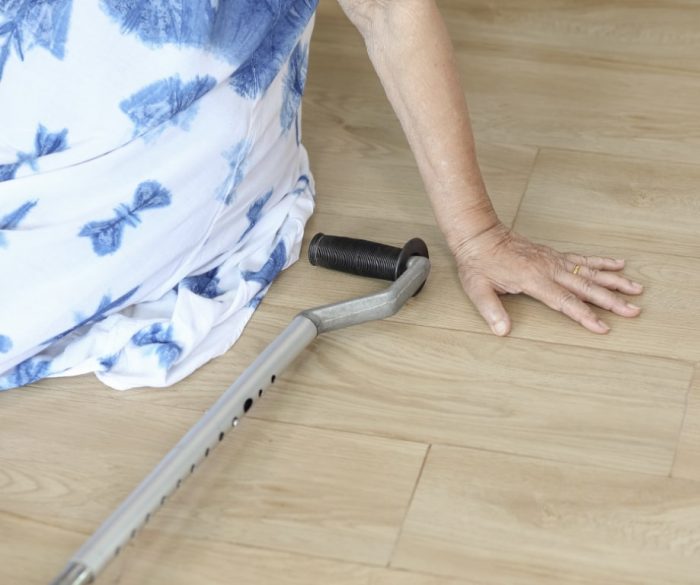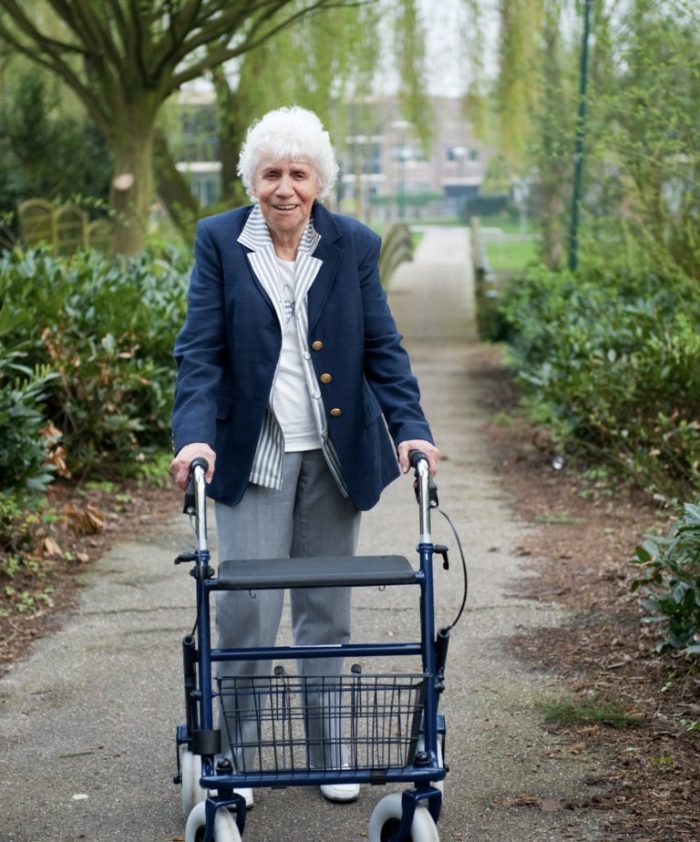Fall Prevention: Addressing Home Hazards this October

As the month of October begins, we find ourselves surrounded by falling leaves, pumpkin patches, and cozy sweater weather. While many of us look forward to the vibrant colors and festive atmosphere, the first day of fall also serves as a timely reminder of the importance of another kind of fall – preventing accidental falls at home, especially among our senior population. With seniors being particularly vulnerable to fall-related injuries, addressing home hazards becomes paramount. In this post, we’ll explore ways to make homes safer for seniors during the autumn months and beyond.
1. Clear Pathways:
Fallen leaves and rain can make walkways slippery. Ensure pathways are clear of leaves, debris, and puddles. Inside the home, remove clutter, wires, or loose carpets that can trip someone.
2. Proper Lighting:
Shorter days mean less natural light. Ensure that homes are well-lit, especially in staircases, hallways, and bathrooms. Consider motion-sensor lights or nightlights to illuminate paths at night.
3. Install Handrails and Grab Bars:
Stairs, whether indoors or outside, should have sturdy handrails. Additionally, installing grab bars in bathrooms (near the toilet and shower) can provide support where floors tend to be slippery.
4. Non-Slip Mats:
Use non-slip mats in the bathroom, especially in the shower or bathtub. Outside the home, consider anti-slip paints or treatments for steps and porches.
5. Proper Footwear:
Encourage seniors to wear shoes with non-slip soles. Avoid walking around in socks or slippers without proper grip.
6. Regular Eye Check-ups:
Impaired vision can increase the risk of tripping or misjudging distances. Regular eye exams will ensure that seniors have the correct glasses and up-to-date prescriptions.
7. Monitor Medications:
Some medications have side effects like dizziness or drowsiness, which can increase the risk of falls. Regularly review medications with a healthcare provider.
8. Encourage Physical Activity:
Strength and balance exercises can help seniors prevent falls. Activities like tai chi or simple strength-training exercises can improve balance, coordination, and muscle tone.
9. Use Assistive Devices:
Walking aids like canes or walkers can provide additional support. Ensure they're the correct height and in good condition.
10. Educate and Communicate:
Sometimes, the fear of falling can be as debilitating as a fall itself. Create open communication channels, allowing seniors to express their concerns. Knowledge is empowering, and understanding the risks can lead to proactive prevention.

While October's falling leaves are a treat for the eyes, ensuring that our seniors remain on their feet is crucial. Fall prevention isn’t a one-time task but requires continuous vigilance, assessment, and adaptation. By taking these measures, we can ensure that the only falls we celebrate in October are those of golden leaves drifting to the ground.
